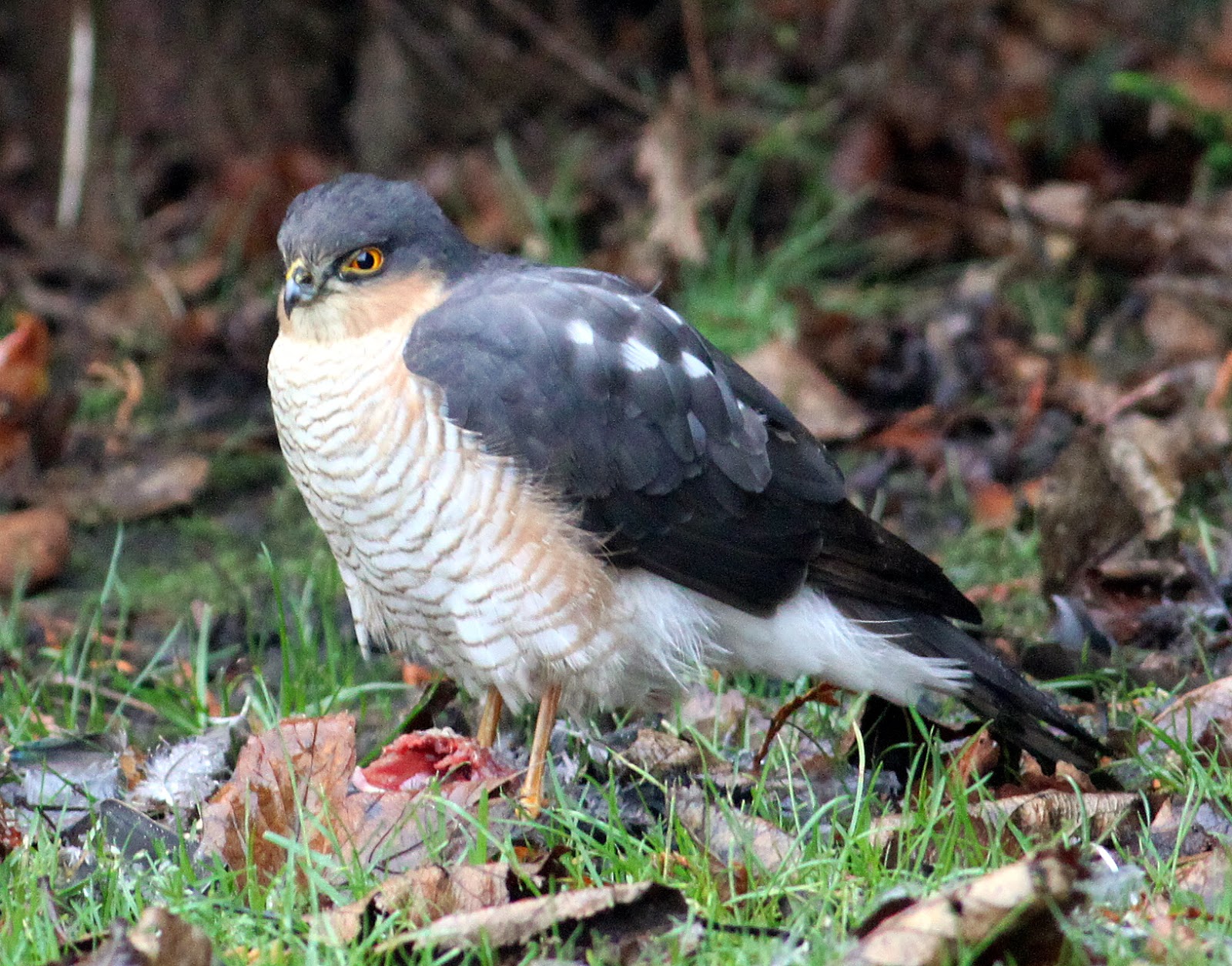After an hour or two at Pilling there are a few birds to report today.
My casual birding pales into insignificance when I relate bad news about the effect upon seabirds of the endless Atlantic storms of recent months - vital reading for all bird lovers. Worse still an established and proven method for monitoring the same seabird populations in Britain is being thrown on the scrapheap by a new Welsh quango. Read on.
First my Pilling news from the maize floods, Fluke Hall Lane and surrounding fields, a good two and a half hours stomp around on a bright but very cool morning.
The wood held my first Goldcrest of the springtime, a pair of Long-tailed Tits, several Goldfinch and a pair of Mistle Thrush.
Less good news was sight of a bird predator, a Stoat running across the road at the edge of the wood. I’ve seen Stoats in the same spot for many years, the animals having traditional places where they live and breed, just like many animals and birds. I had my small lens today, so took a picture of the long dead fox left in the same spot where it was most likely poisoned or shot.
Common Stoat
Red Fox
Two Buzzards were about and over the trees again, the third time in a week of noting them here.
A walk to the wet fields and sea wall revealed more than a hundred Redshank, 38 Dunlin, 15 Curlew, 12 Oystercatcher, 30+ Shelduck, 22 Pied Wagtails, 4 Little Egret, 15+ Skylark, 10 Twite, 8 Meadow Pipit, 1 Reed Bunting and 450+ Pink-footed Geese.
Similar daily goose counts are the best I can muster at the moment as the geese fly north to Iceland in good numbers and leave Lancashire until September. A feature of the morning was the huge numbers, perhaps several thousands of Starlings heading north across the bay. We often forget that Starlings too return North and East about now.
Pink-footed Goose
Starling
Now for the news I mentioned at the start of this post.
Tens of thousands of birds particularly auks such as Puffins, Guillemots and Razorbills have died as a result of the raging and endless gales of the winter. The remains of these birds are now being washed up on the coasts of Wales, Cornwall and the Channel Islands, even more so on the Atlantic coast of France and the beaches of the Bay of Biscay where large numbers of British Puffins and their auk cousins spend the winter.
Latest estimates from Wildlife Trusts partnership suggest a confirmed death toll of around 25,000 birds, which is expected to rise steadily as more corpses are washed ashore.
This natural disaster makes us realise how vulnerable our seabirds are to other threats, such as the oil spills and other dangers such as climate change and overfishing.
Seabird colonies in Scotland are faring especially badly. In some only a fifth of breeding birds are raising chicks, mainly because their food, largely sand eels, has disappeared. Perhaps because of too much trawling or rising water temperatures the sand eels have moved north making them less available to British seabirds.
As this potential disaster waits to unfold a new Welsh quango is abolishing the measly funding of £12,000 a year for the long-term monitoring of a large Guillemot colony of more than 20,000 birds on Skomer Island, Pembrokeshire. The quango Natural Resources Wales was set up last year to incorporate the old Countryside Council for Wales with the Welsh sections of the Environment Agency and the Forestry Commission.
Please read this story in more detail at The Independent, and particularly if you live in Wales write to your Member of Parliament expressing your shock and displeasure at what you read.
I am grateful to Professor Tim Birkhead for bringing this to our attention.



















































.jpg)












